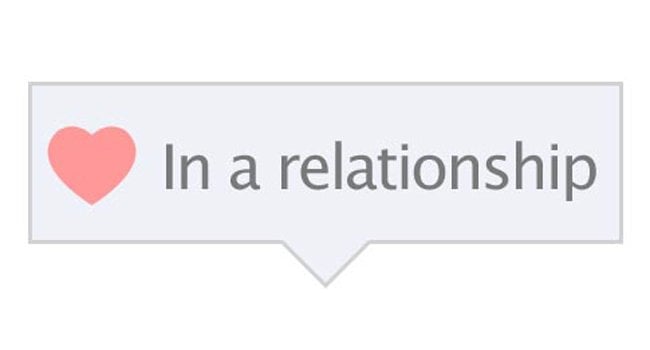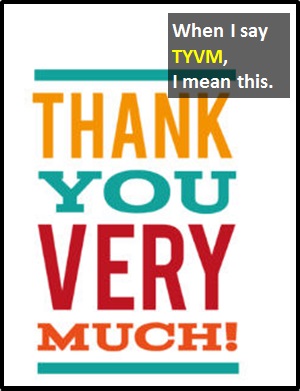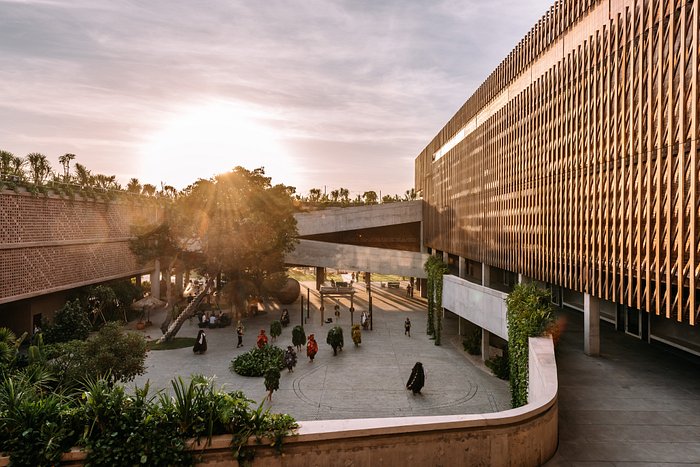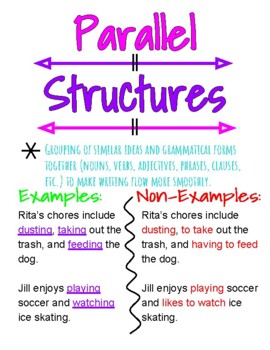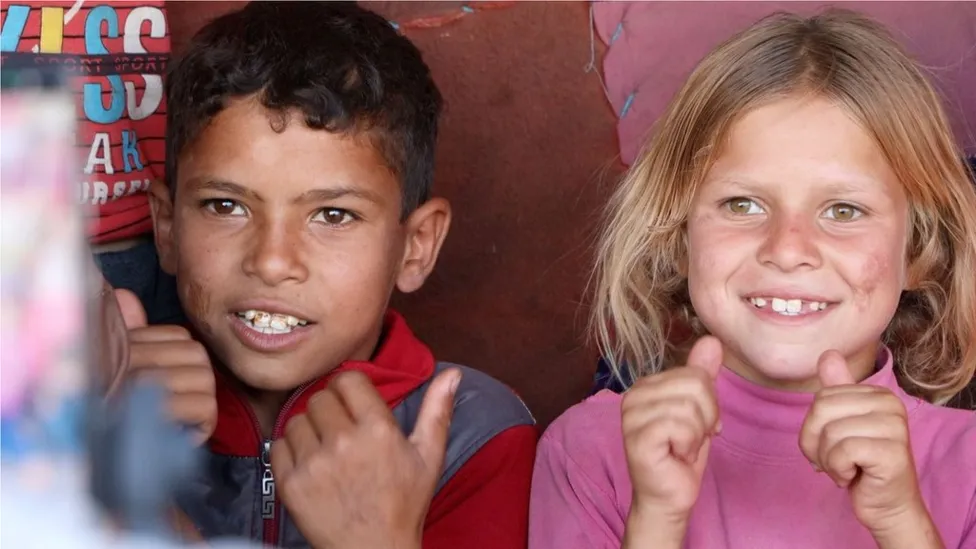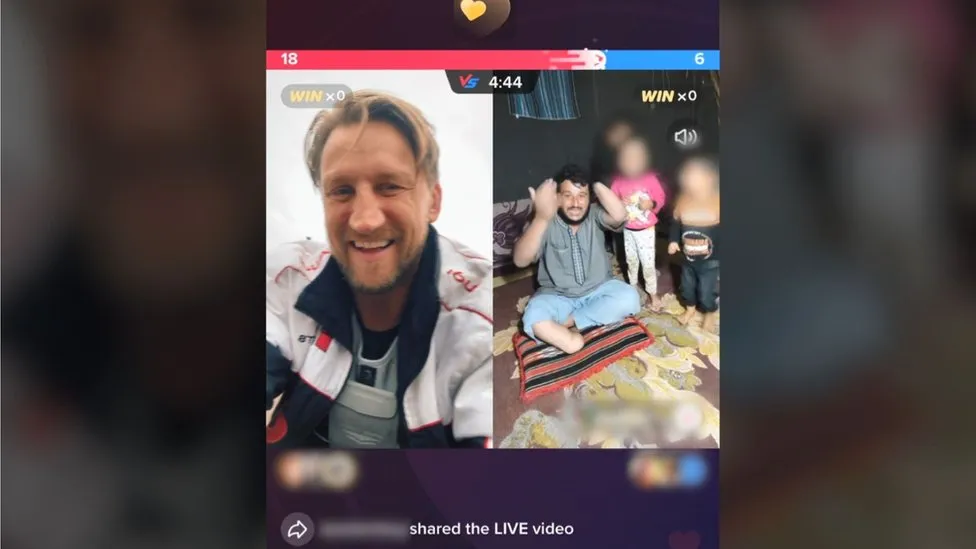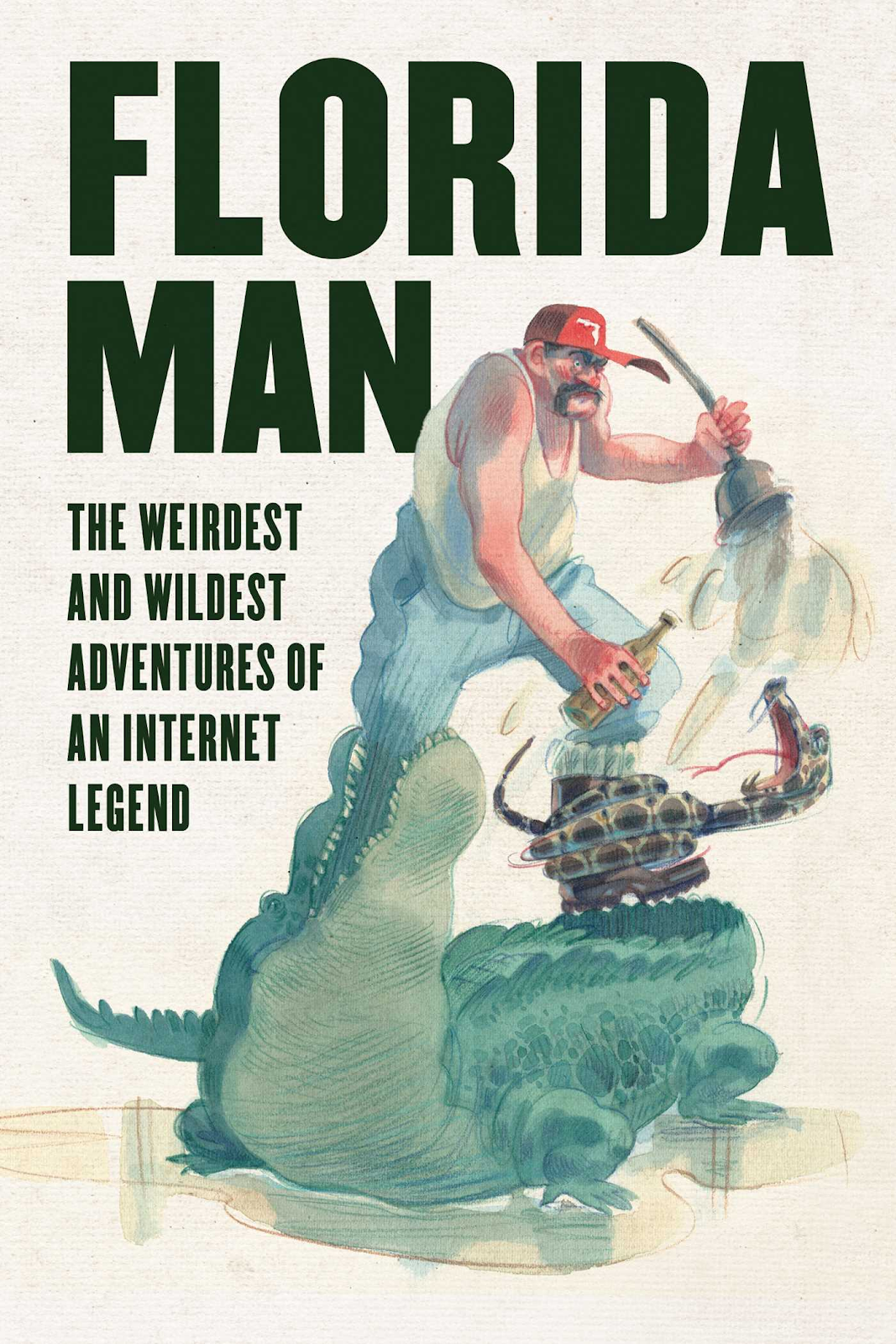What is an abbreviation?
An abbreviation is a shortened form of a written word or phrase. Abbreviations may be used to save space and time, to avoid repetition of long words and phrases, or simply to conform to conventional usage.
Here are the most common Internet abbreviations:
LOL: laugh out loud
OMG: Oh my God
ILY: I love you
LMAO: laughing my a** off
FBO: Facebook official (when on one's facebook profile it says "In A Relationship" and your significant other's name)
SFW: Safe for work (describes a web page, picture, video, or other content that is not inappropriate to view in a formal setting, such as a workplace).
ASL: Age/Sex/Location ( is an article of Internet slang used in instant messaging programs and in Internet chatrooms. It is used as a question to find out the age, sex (or gender), and general location of the person one is talking to).
AFAIK: As far as I know
IMHO: In my humble opinion
IRL: In real life
ISO: In search of
J/K: Just Kidding
POV: Point of view
RBTL: Read between the lines (look for or discover a meaning that is implied rather than explicitly stated).
BTW: By the way
CTN: Can’t talk now
CYE: Check your email
dI: Download
ETA: Estimated time of arrival
FYI: For your information (It is often used in both personal and business correspondence to show that information is simply being shared and that no immediate action is required or expected).
gr8: Great
GTG: Got to go
OT: Off topic
PC: Personel computer
pls: Please
POS: Parent over shoulder
ppl: People
Txt: Text
BRB: Be Right Back
B4N: Bye for Now
TY: Thank you
w/e: Whatever
W8: Wait
XOXO: Hugs and kisses ( is an informal term used for expressing sincerity, faith, love, or good friendship at the end of a written letter, email or text).
Y: Why


